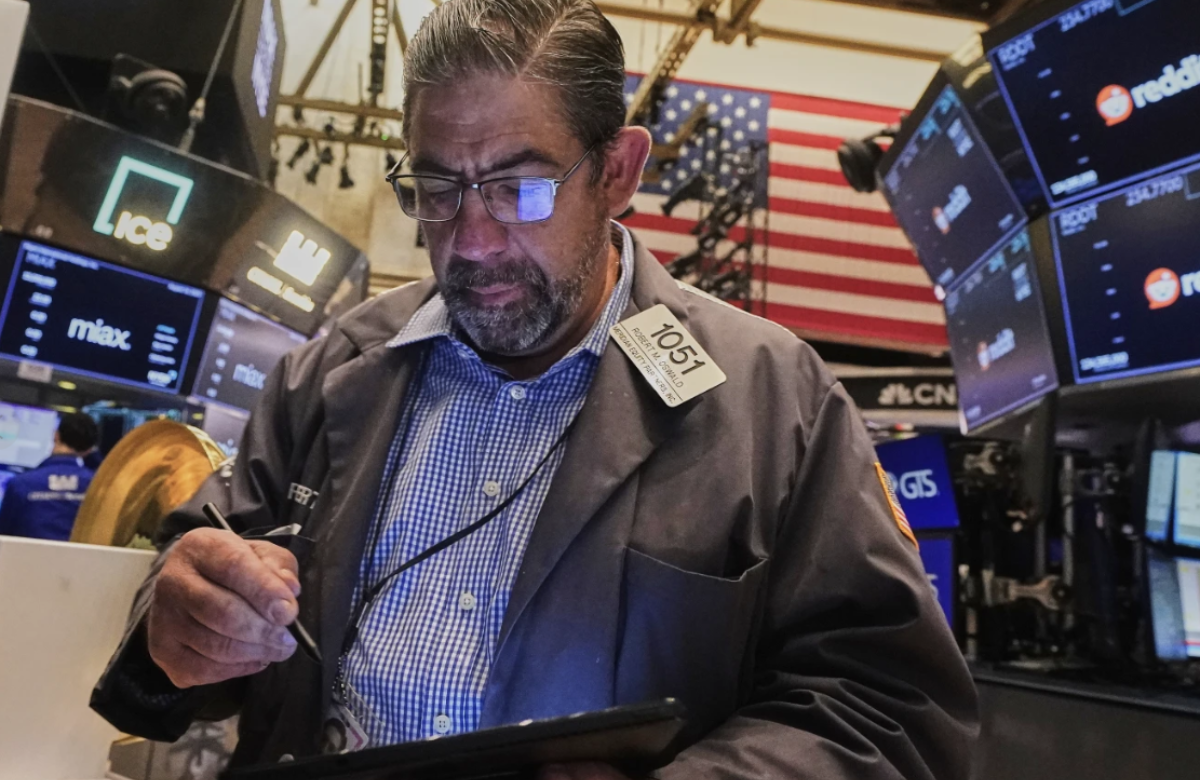Concerns about economic growth, largely driven by U.S. President Donald Trump’s aggressive tariff policies, are expected to lead the European Central Bank (ECB) to cut interest rates for the seventh consecutive time on Thursday. This rate cut aims to make credit more affordable for businesses and consumers, ultimately stimulating economic activity.
At the ECB’s last meeting in March, President Christine Lagarde had suggested the possibility of a “pause” in the bank’s series of rate reductions. However, this option was essentially ruled out on April 2, when Trump unexpectedly announced plans for new tariffs of 10% to 49% on goods from global trade partners, rattling international markets.
Analysts predict that Thursday’s meeting will result in a quarter-point reduction in the ECB’s benchmark interest rate, bringing it to 2.25%. The ECB has been consistently lowering rates after raising them sharply to curb inflation from 2022 to 2023. With inflation now under control, the primary focus has shifted to concerns about slowing economic growth. The eurozone economy grew just 0.2% in the final quarter of 2024, and inflation was at 2.2% in March, close to the ECB’s target of 2%.
The ECB’s benchmark interest rate influences borrowing costs across the economy, making it cheaper to finance purchases like homes or new factory equipment. Lower rates are intended to boost spending, business investment, and hiring.
While Trump has temporarily suspended the tariffs for 90 days, there is still significant uncertainty over the potential 20% tariff rate he has proposed for Europe. Economists and policymakers worry that these higher tariffs will negatively impact business activity and potentially lead to slower growth or even a recession if the tariffs are fully implemented. The U.S. is Europe’s largest trading partner, with around 4.4 billion euros ($5 billion) in goods and services exchanged daily between the two regions.
As the European Commission notes, the transatlantic trade relationship is “the most important commercial relationship in the world.”
Another factor contributing to economic uncertainty is the unclear future of the tariff rates. With the 90-day suspension, businesses are left in limbo, unsure of what their costs will be and potentially delaying important decisions. Economists at Berenberg bank predict that some of the tariffs will be reduced by mid-year, with rates settling around 12%. However, this still remains about 10 percentage points higher than average tariffs before Trump. In addition, a separate 25% tariff on automobiles from all countries could hit Europe’s key automotive industry hard.














